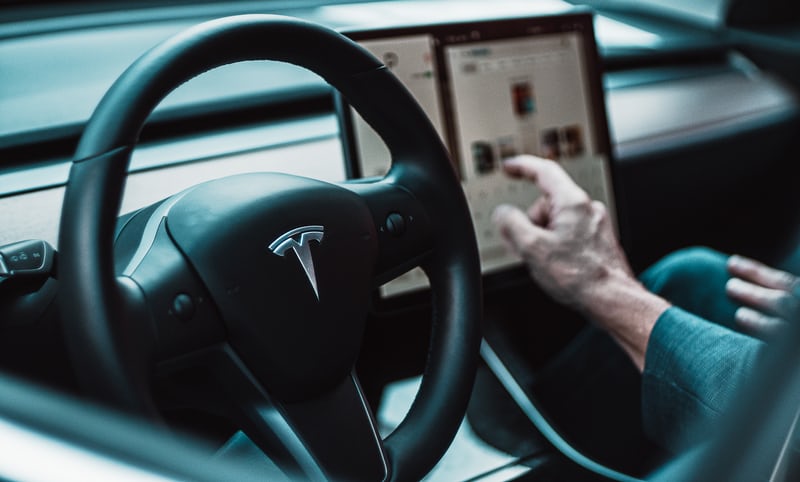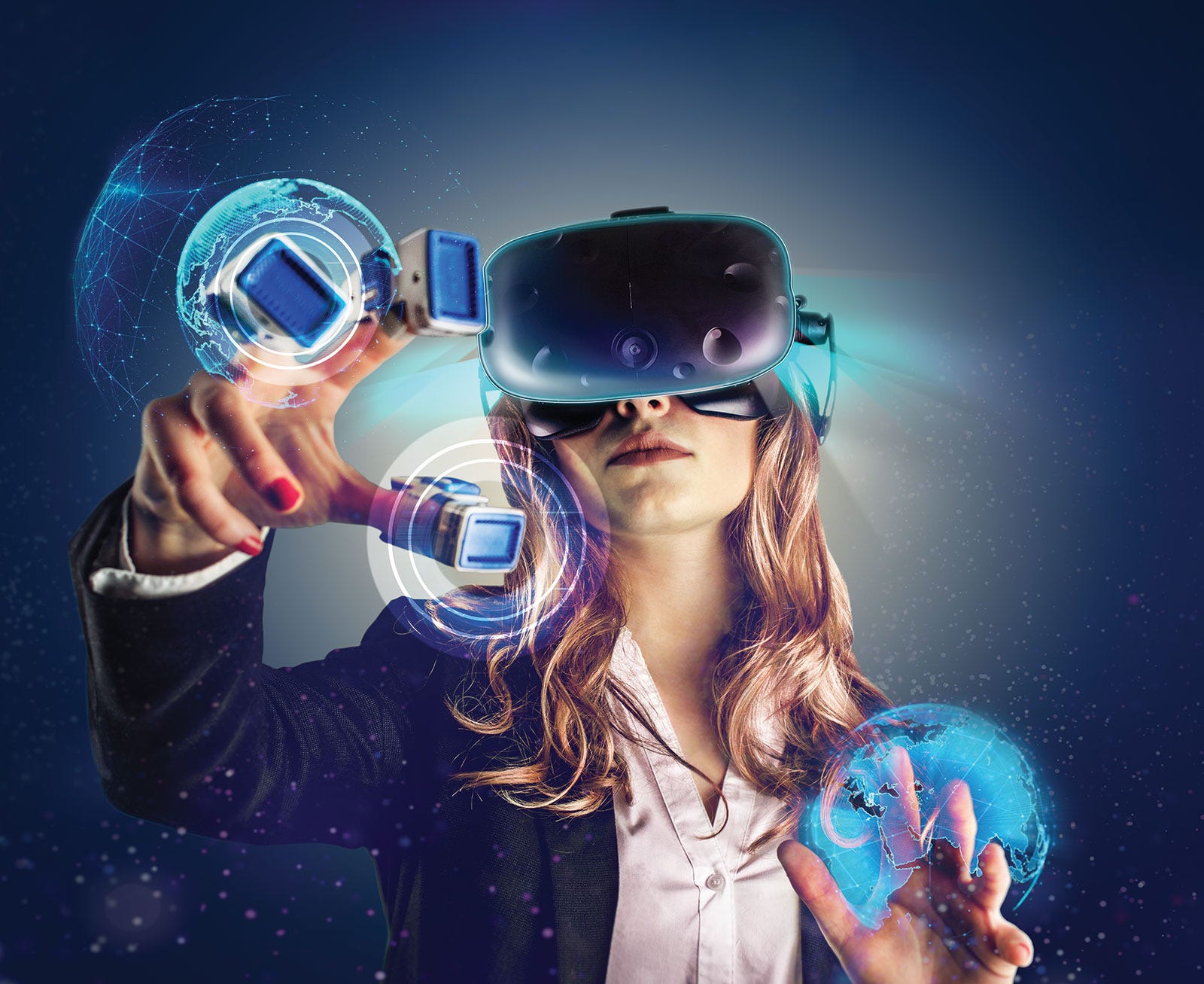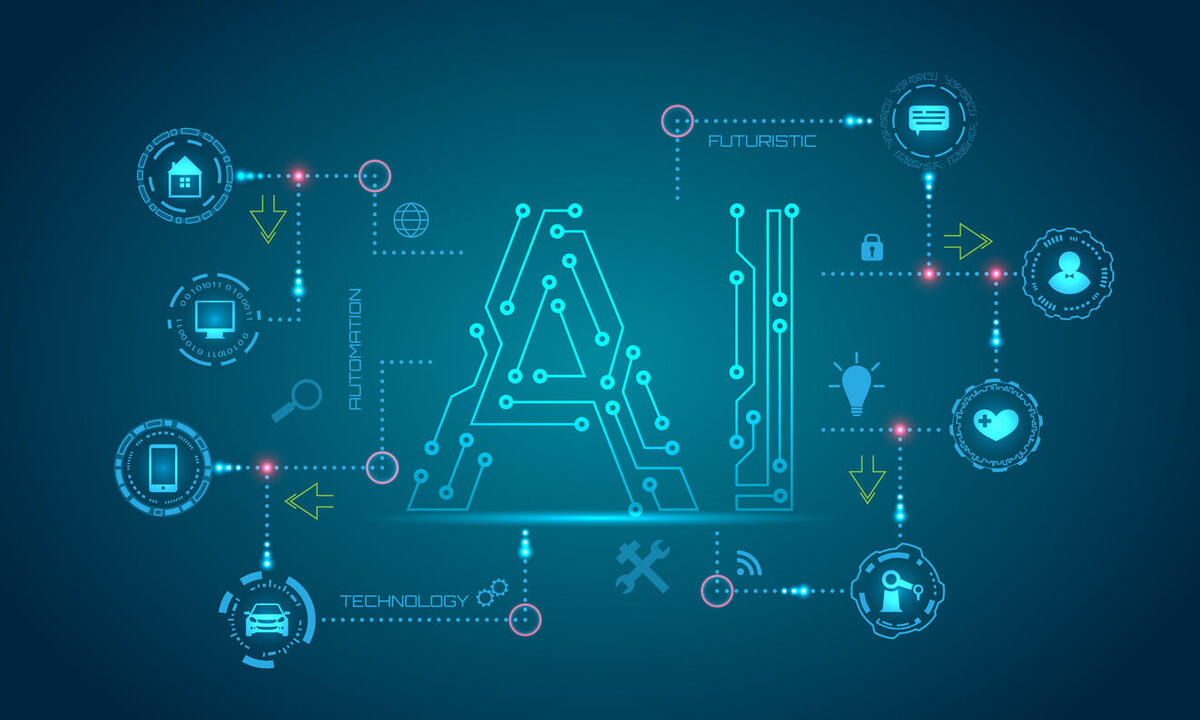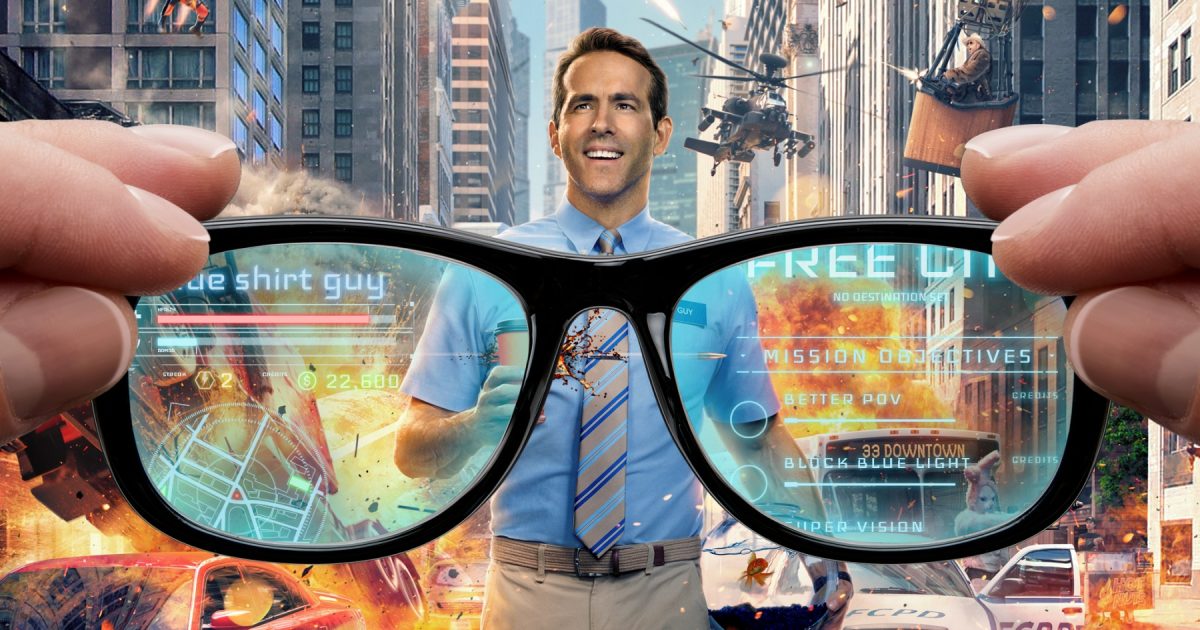Elon Musk has recently been dropping hints about the Full Self-Driving Software in his Twitter messages. For a 199 dollar subscription per month, Tesla drivers will very soon be able to get the Full Self-Driving package. The beta testing is currently ongoing, the moment many Tesla fans have been waiting on for years. The company has made a promise back in 2016, ambitiously claiming that all the new vehicles will have the hardware capability for “full self-driving” and that it would soon offer complementary software to make the cars drive autonomously. Musk has personally said that he believes people will be able to fall asleep in Teslas while they are driving.
The videos from recent testers show that the software is able to recognize traffic signs and crossings, and also takes pedestrians and other vehicles on the road into account. But despite its name, the actual Full Self-Driving Software is not capable of allowing the car to drive completely autonomously. Another video of the testers showed that the software is still quite far from copying human driving and often makes mistakes such as driving right into objects. This could be very dangerous, this is proven as car crashes while using the AutoPilot mode have been more and more prevalent. Hence, the company emphasizes that the driver should stay alert at all times when using AutoPilot and Full Self-Driving.
There are not only safety concerns surrounding the software, there are also ethical concerns. There are moral considerations that the programmers have to keep in mind when developing the software. A common hypothetical involves a choice between taking an action that will kill either 5 people or only 2 people. What instructions will the autonomous driving computers have pre-loaded?
In conclusion, Tesla’s Full Self-Driving Software seems to be full of promises, but in reality, the safety and ethical concerns should be kept in mind for the software to be truly successful.









